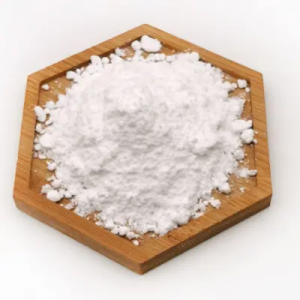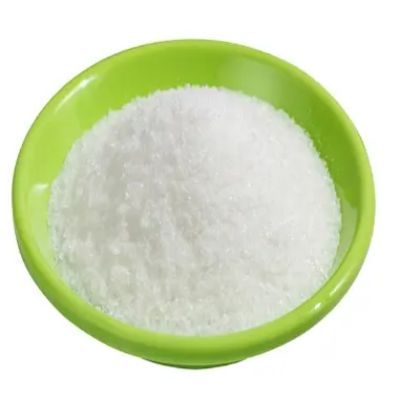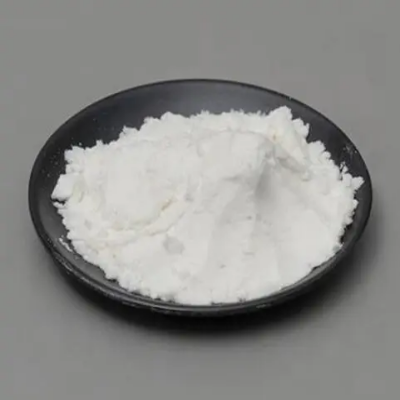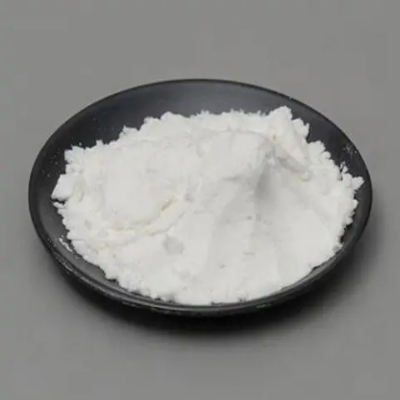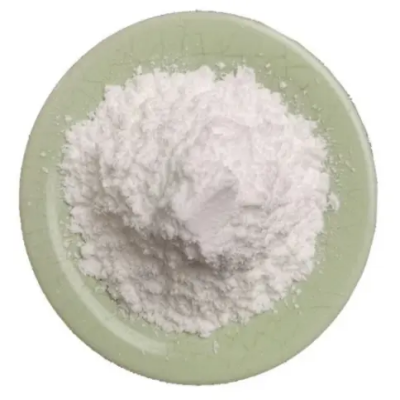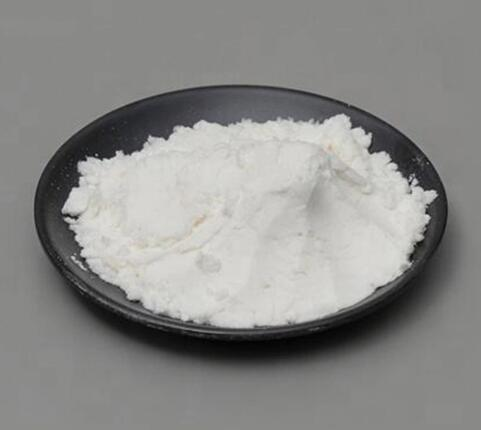(benzylamine)trifluoroboron CAS:696-99-1
(Benzylamine)trifluoroboron has several applications due to its unique properties. Here are some key uses of this compound: Catalysis: As a Lewis acid catalyst, BF3·CH2PhNH2 is widely used in organic synthesis reactions. It can activate and facilitate a variety of transformations, including imine formation, polymerization, and Friedel-Crafts reactions. The presence of the boron trifluoride moiety enhances the reactivity and selectivity of these reactions, making it a valuable tool in synthetic chemistry. Imine Formation: This complex is commonly used as a catalyst in imine formation reactions. It promotes the condensation reaction between an amine and a carbonyl compound, resulting in the formation of an imine. Imine compounds have numerous applications in the synthesis of pharmaceuticals, agrochemicals, and specialty chemicals. Polymerization: (Benzylamine)trifluoroboron is employed as a catalyst in the polymerization of certain monomers. It aids in initiating and controlling the polymerization process, leading to the formation of polymers with desired molecular weights and properties. The complex is particularly used in the production of polyesters, polycarbonates, and other specialty polymers. Friedel-Crafts Reactions: Boron trifluoride benzylamine complex is used as a catalyst in Friedel-Crafts reactions. These reactions involve the addition of an aromatic compound to an alkyl halide or acyl chloride to form new carbon-carbon bonds. BF3·CH2PhNH2 enhances the electrophilicity of the alkylating or acylating agent, facilitating the reaction and providing control over regioselectivity. Reductive Amination: BF3·CH2PhNH2 is also utilized in reductive amination reactions. This transformation involves the conversion of a carbonyl compound, typically an aldehyde or ketone, into an amine by reacting it with an amine source in the presence of a reducing agent. The complex acts as a catalyst for this reaction, enhancing the efficiency and selectivity of the process. Solvent and Solvation Agent: The benzylamine component of the complex acts as a solvent and solvation agent. It can dissolve polar and nonpolar compounds, making it useful in various chemical reactions, extractions, and chromatography techniques. The ability to solvate both organic and inorganic substances makes (benzylamine)trifluoroboron a versatile choice in chemical research and analysis. It is important to handle (benzylamine)trifluoroboron or any chemical compound with proper safety precautions. This includes wearing appropriate protective equipment, working in a well-ventilated area, and following all relevant safety guidelines and regulations.



| Composition | C7H9BF3N |
| Assay | 99% |
| Appearance | white powder |
| CAS No. | 696-99-1 |
| Packing | Small and bulk |
| Shelf Life | 2 years |
| Storage | Store in cool and dry area |
| Certification | ISO. |



